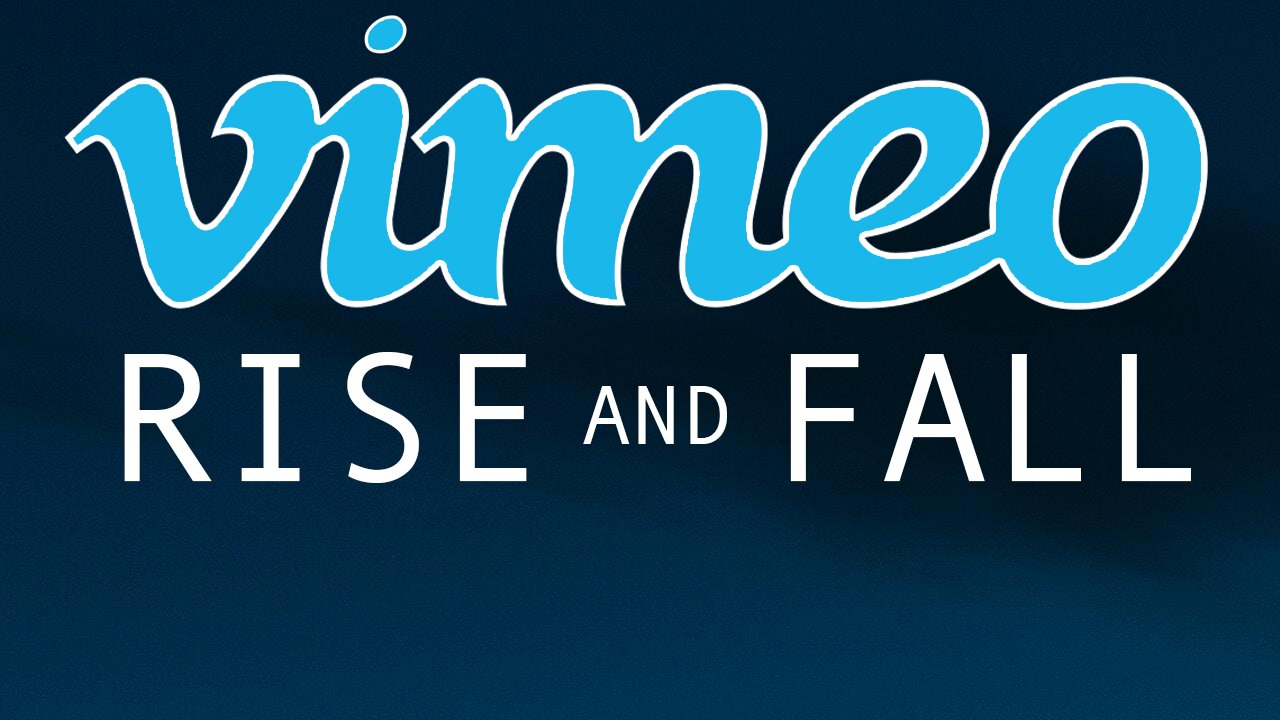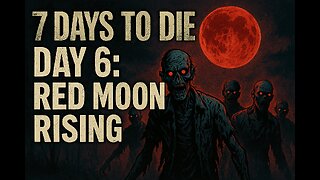Premium Only Content

Why Vimeo’s Stock Collapsed 90% (And It's Not Coming Back)
Why is no one talking about the slow painful quiet DEATH of Vimeo? Once seen as a premium alternative to YouTube, Vimeo was a promising video-sharing and hosting platform that catered to content creators, filmmakers, and businesses looking for a professional, ad-free experience. The company saw a massive surge in popularity during the 2020 worldwide shutdown, as remote work and digital content creation skyrocketed. Riding this wave, Vimeo went public in 2021, launching on the stock market with a valuation that seemed to promise long-term success.
However, Vimeo’s business model was always different from YouTube, which makes most of its revenue through advertising. Vimeo instead relied on subscription-based monetization, charging users for premium video hosting, analytics, and professional tools. While this strategy initially seemed viable, it created a scaling problem—fewer users meant fewer creators, leading to stagnation and decline.
One of the biggest reasons for Vimeo’s downfall was its pricing model, which alienated many long-time users. Unlike YouTube, which offers free video hosting with unlimited bandwidth, Vimeo imposes strict limitations on free accounts, forcing creators to upgrade to costly plans. Things got worse when Vimeo started overcharging for bandwidth usage, sending ultimatums to high-traffic video creators demanding higher subscription fees or removal from the platform. This led to panic among users and a mass exodus of creators looking for better alternatives.
The Vimeo bandwidth controversy further damaged the company’s reputation. While platforms like YouTube and Twitch provide unlimited streaming and monetization opportunities, Vimeo’s restrictive pricing and lack of competitive features made it less appealing to independent creators and businesses. As a result, the platform’s growth stalled, and its stock price plummeted by over 90%.
Additionally, Vimeo faced challenges in video search visibility. Being independent from Google meant it did not benefit from the SEO boost that YouTube videos receive in search rankings. This made it even harder for creators to get organic traffic and led to a steady decline in user engagement.
At one point, Vimeo attempted to pivot into original content, trying to follow the Netflix business model, but this move failed after the company spent tens of millions on programming with little return. Despite multiple shifts in strategy, Vimeo could never effectively compete with YouTube, Twitch, and other free streaming platforms that continued to dominate the market.
Now, with Vimeo’s stock in freefall, fewer users subscribing, and creators abandoning the platform, can Vimeo ever recover? Or is this once-promising video platform destined to remain a niche service for businesses that can afford its high costs?
Watch the full video to find out what went wrong with Vimeo and why it struggled to compete in the ever-evolving digital video space.
#Vimeo #VimeoFail #YouTubeVsVimeo #StreamingPlatforms #VideoHosting #TechIndustry #VimeoStock #ContentCreation #BandwidthFees #YouTubeAlternative
0:00 Vimeo’s Rise and Fall
0:50 What is Vimeo
1:20 How Vimeo Made Money
1:40 Vimeo’s Business Model Problem
2:13 Why Vimeo Couldn’t Compete with YouTube
2:53 Vimeo vs YouTube
4:48 Vimeo’s Bandwidth Controversy
5:43 Vimeo’s 90% Stock Market Loss
Music:
From Russia With Love - Huma-Huma
Decimate - Jeremy Blake
Dream It - TrackTribe
W. A. Mozart, Symphony No.38 in D major - A Far Cry
Sub Urban Cradles Piano Cover
-
 DVR
DVR
The Shannon Joy Show
16 hours ago🔥🔥Are Big Tech ‘Wearables’ Really The Key To Good Health? Dr. Chad Walding Says NO! Special Health Update: (Sponsored By Native Path!)🔥🔥
4.89K -

Talk Nerdy Sports - The Ultimate Sports Betting Podcast
1 hour agoHome Run Heat & European Sweep: Saturday's Sharps Only Card
-
 15:06
15:06
Doc Rich
1 day agoThey Leaked Classified Intel...
9.69K14 -
 LIVE
LIVE
I_Came_With_Fire_Podcast
10 hours agoSoft POWER: "American First" Does NOT Mean "America Alone"
224 watching -
 1:15:25
1:15:25
Wendy Bell Radio
7 hours agoPet Talk With The Pet Doc
25.4K4 -
 2:24:28
2:24:28
Squaring The Circle, A Randall Carlson Podcast
1 hour ago#053 New Discoveries In The Younger Dryas Impact Hypothesis - Squaring the Circle
7.37K3 -
 LIVE
LIVE
GritsGG
3 hours agoWe Are Winning Every Game! Win Streaking! 👑 2998+ Ws
114 watching -
 4:41
4:41
MudandMunitions
11 hours agoGlock 20 Gen 5 10mm Holster Review IWB Vedder Protuck vs JM Custom Kydex for EDC Concealed Carry
6.56K3 -
 LIVE
LIVE
FyrBorne
15 hours ago🔴Warzone M&K Sniping: Where TTK and Consistency Meet
222 watching -

DynastyXL
5 hours ago🌕 Day 6 Prepare For HORDE With MrsDynasty 🧟 Building a community first 100 Followers! (57/100)
27.7K